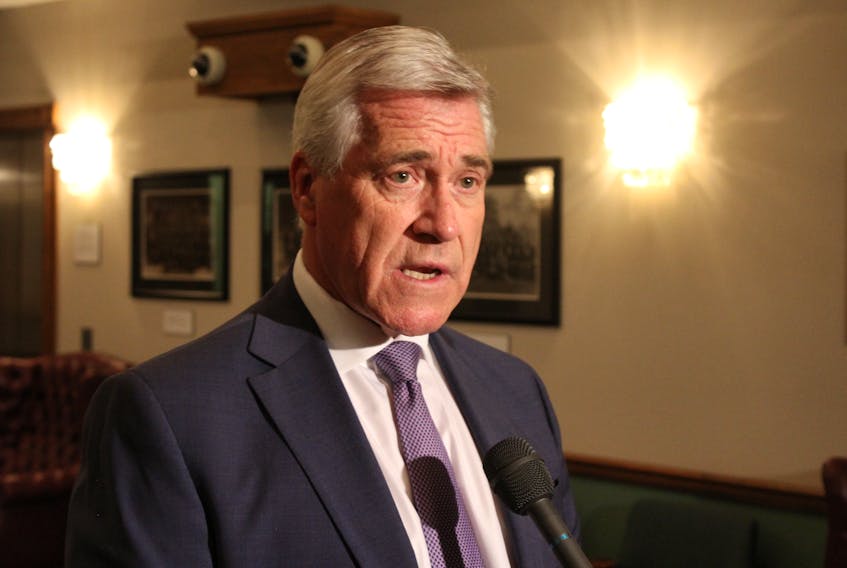ST. JOHN'S, N.L. — The final filling of the Muskrat Falls reservoir is underway.
Nalcor Energy says the gates in the spillway have been adjusted to allow for a slow flooding of the reservoir. The water in the area will rise from about nine meters deep to 39 metres deep by the end of September.
In a news release, Nalcor Energy spokesperson Karen O’Neill says there will be a number of hazards as the water rises, so people in the area should be cautious.
“Conditions in the river, along the banks and in the newly impounded areas will be constantly changing and can change rapidly. It is important to avoid the Muskrat Falls reservoir area between Muskrat Falls and Gull Island,” reads the statement.
A number of water monitoring measures are in place as the flooding progresses. According to the release, a number of automated monitoring systems are in place to observe how the structures at the reservoir flood, along with Nalcor employees on site to monitor the increasing waters.
Nalcor has committed to a weekly update on the progress of the reservoir impoundment.
The flooding comes shortly after it was revealed that the provincial government had failed to cap wetlands at the Muskrat Falls reservoir amid concerns about potential methylmercury contamination in the reservoir.
Nunatsiavut President Johannes Lampe had called on Premier Dwight Ball to order the impoundment halted until more could be done to mitigate the release of methylmercury into the watershed.
Ball previously told the Muskrat Falls Inquiry that the government had “unintentionally” missed the deadline to cap the wetlands in the reservoir, a move that would have mitigated about one to two per cent of potential methylmercury release.
Instead of the capping, the government has paid out the $30 million budgeted for wetland capping to Indigenous groups in the area, such as the NunatuKavut Community Council and Innu Nation. Nunatsiavut has not yet accepted the money from the provincial government.
Ball defended the lack of wetland capping, saying anticipated increases of methylmercury in the watershed had not occurred to date.









